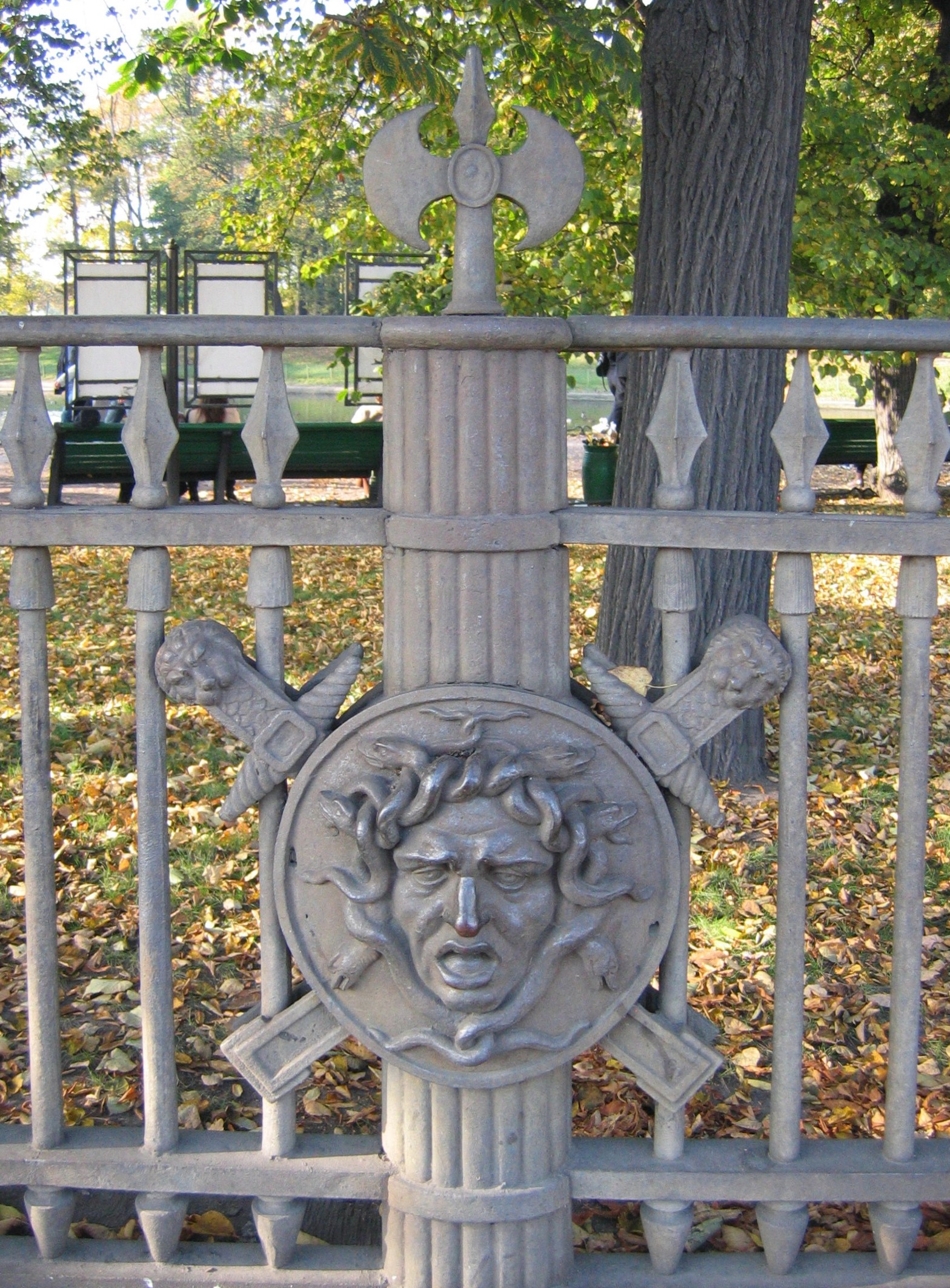|
Potseluev Bridge
The Potseluev Bridge (russian: Поцелуев мост, literally ''Bridge of Kisses'') is a bridge across the Moyka River in Saint Petersburg, Russia. The name of the bridge spurred numerous urban legends. The panoramic view of Saint Isaac's Cathedral that opens from the bridge makes it a popular subject of artists paintings. Name and history During the first half of the 18th century, townspeople had set up a crossing across the Moyka river from improvised materials at the location of the modern bridge. In 1738 while the granite embankment of Moyka was being established, the wooden pedestrian bridge was built. It had a raising part to allow passage of mast ships. The wooden bridge was painted in different colours, and therefore was named ''Coloured Bridge''. In 1768 the bridge was reconstructed to accommodate horse traffic. At this time the structure was changed to three-span bridge standing on stone supports. The bridge was named after merchant Potseluev who kept a tavern ne ... [...More Info...] [...Related Items...] OR: [Wikipedia] [Google] [Baidu] |
Moyka River
The Moyka (russian: Мо́йка /MOY-ka/, also latinised as Moika) is a secondary, in comparison with the Neva River in Saint Petersburg that encircles the central portion of the city, effectively making it an island or a group of islands, together with the Neva, the Fontanka, and canals including the Griboyedov and Kryukov. The river derives its name from the Ingrian word Muya for "slush" or "mire", having its original source in former swamp. It is long and wide. The river flows from the Fontanka river, which is itself a distributary of the Neva, near the Summer Garden past the Field of Mars, crosses Nevsky Prospect and the Kryukov Canal before entering the Neva river. It is also connected with the Neva by the Swan Canal and the Winter Canal. In 1711, Peter the Great ordered the consolidation of the banks of the river. After the Kryukov Canal linked it with the Fontanka River four years later, the river became so much cleaner that its name was changed from Muya to "M ... [...More Info...] [...Related Items...] OR: [Wikipedia] [Google] [Baidu] |
Moika River
The Moyka (russian: Мо́йка /MOY-ka/, also latinised as Moika) is a secondary, in comparison with the Neva River in Saint Petersburg that encircles the central portion of the city, effectively making it an island or a group of islands, together with the Neva, the Fontanka, and canals including the Griboyedov and Kryukov. The river derives its name from the Ingrian word Muya for "slush" or "mire", having its original source in former swamp. It is long and wide. The river flows from the Fontanka river, which is itself a distributary of the Neva, near the Summer Garden past the Field of Mars, crosses Nevsky Prospect and the Kryukov Canal before entering the Neva river. It is also connected with the Neva by the Swan Canal and the Winter Canal. In 1711, Peter the Great ordered the consolidation of the banks of the river. After the Kryukov Canal linked it with the Fontanka River four years later, the river became so much cleaner that its name was changed from Muya to "M ... [...More Info...] [...Related Items...] OR: [Wikipedia] [Google] [Baidu] |
Bridges Completed In 1808
A bridge is a structure built to span a physical obstacle (such as a body of water, valley, road, or rail) without blocking the way underneath. It is constructed for the purpose of providing passage over the obstacle, which is usually something that is otherwise difficult or impossible to cross. There are many different designs of bridges, each serving a particular purpose and applicable to different situations. Designs of bridges vary depending on factors such as the function of the bridge, the nature of the terrain where the bridge is constructed and anchored, and the material used to make it, and the funds available to build it. The earliest bridges were likely made with fallen trees and stepping stones. The Neolithic people built boardwalk bridges across marshland. The Arkadiko Bridge (dating from the 13th century BC, in the Peloponnese) is one of the oldest arch bridges still in existence and use. Etymology The ''Oxford English Dictionary'' traces the origin of the wo ... [...More Info...] [...Related Items...] OR: [Wikipedia] [Google] [Baidu] |

